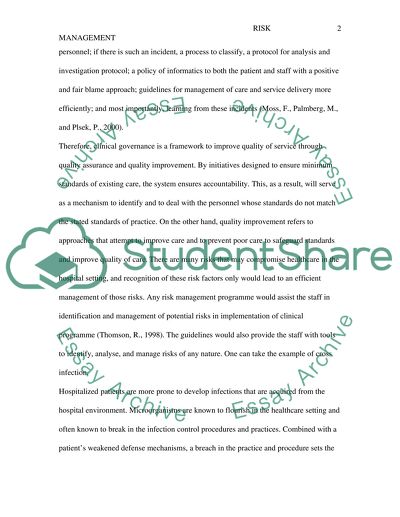Cite this document
(“Risk Management Master Essay Example | Topics and Well Written Essays - 2500 words”, n.d.)
Risk Management Master Essay Example | Topics and Well Written Essays - 2500 words. Retrieved from https://studentshare.org/health-sciences-medicine/1533494-risk-management-master-essay
Risk Management Master Essay Example | Topics and Well Written Essays - 2500 words. Retrieved from https://studentshare.org/health-sciences-medicine/1533494-risk-management-master-essay
(Risk Management Master Essay Example | Topics and Well Written Essays - 2500 Words)
Risk Management Master Essay Example | Topics and Well Written Essays - 2500 Words. https://studentshare.org/health-sciences-medicine/1533494-risk-management-master-essay.
Risk Management Master Essay Example | Topics and Well Written Essays - 2500 Words. https://studentshare.org/health-sciences-medicine/1533494-risk-management-master-essay.
“Risk Management Master Essay Example | Topics and Well Written Essays - 2500 Words”, n.d. https://studentshare.org/health-sciences-medicine/1533494-risk-management-master-essay.


